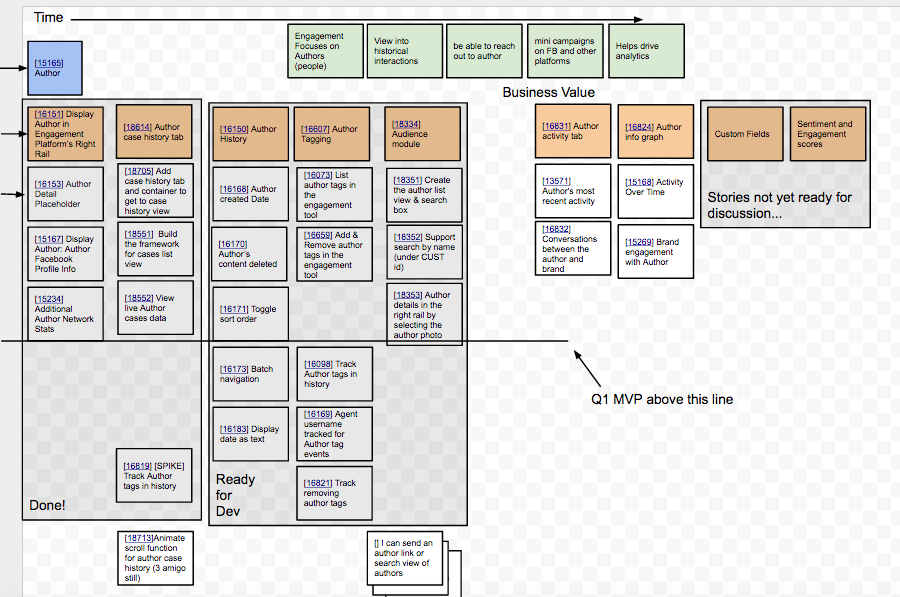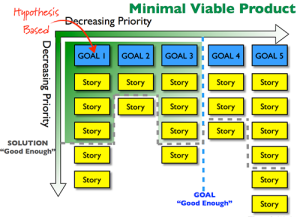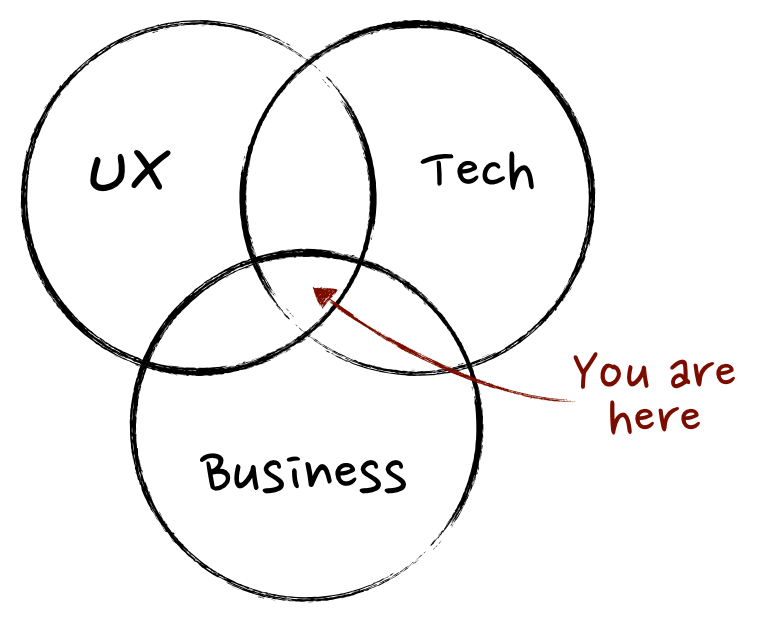Product Management professionals have a lot of unique challenges which make the job interesting. An important Agile Product Manager skill is to effectively demonstrate how a feature will evolve, before it even exists. With Agile, a product is in various states as it grows from minimum viable experiment, to minimum viable product, to minimum marketable product to name a few. Product Managers need to communicate this evolution precisely, or else you introduce risk. Complex features with many dependencies make this more challenging. Once I learned (thanks Kevin Callahan) and implemented story mapping for complex epic size features, many of these challenges became a lot easier.
One problem with PRDs (product requirements documents) is that they show a lot of how something will look when it’s done, but they don’t detail a game plan to get there. Agile gives us the building blocks to make this game plan in the form of stories that can make up features, but how do you handle a feature made up of 20+ stories? What if the MVP (minimum viable product) requirements get changed, how do you know which stories to re-prioritize? To me, this is where Story mapping shines. Below is an example of how an author details feature might evolve over several sprints:

– The blue top left square is our Epic, or sum of features – an Author Details View
– Along the top, the green boxes talk about the value that will be delivered as the Epic advances
– The feature boxes in light brown talk about discrete functionality. These can also relate to feature branches that need to be tested or released together.
– The numbers in each card hyperlink to wherever the actual story lives (a wiki, jira, etc)
– Finally, the white boxes are individual stories. Stories should have vertical slices of value when possible. That means after the story is coded, I have somehow demostably moved the feature forward. More importantly, a combination of stories under a feature represent functionality or a feature branch we want to release.

You can use story maps to plan an MVP, to roughly size an epic feature, and to show progress. You will also learn many other ways a story map is handy talking to all levels of your audience. Story mapping has been a revolutionary tool in my Product Manager toolkit.



